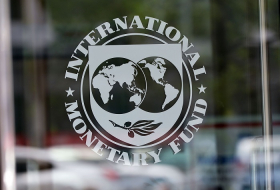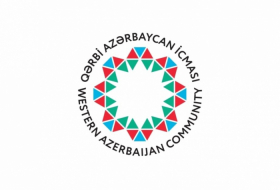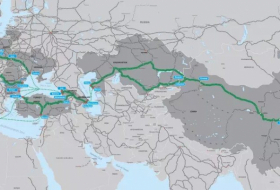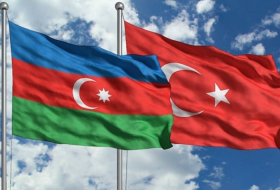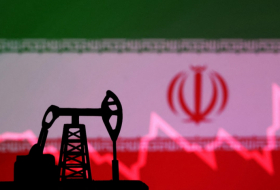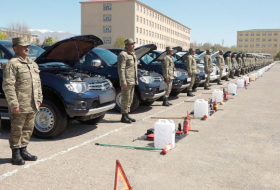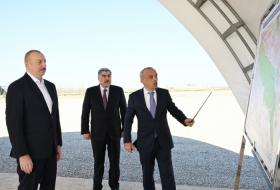The World Meteorological Organization (WMO) says its "Atlas" is the most comprehensive review of mortality and economic losses from weather, water and climate extremes ever produced.
It surveys some 11,000 disasters occurring between 1970-2019, including major catastrophes such as Ethiopia's 1983 drought, which was the single most fatal event with 300,000 deaths, and Hurricane Katrina in 2005 that was the most costly, with losses of $163.6 billion.
The WMO, whose report was issued days after Category 4 hurricane Ida hammered southern Louisiana, attributed the growing frequency to both climate change and improved disaster reporting.
"Thanks to our early warning service improvement we have been able to have a decrease of the casualties at these kind of events, but the bad news is that the economic losses have been growing very rapidly and this growth is supposed to continue," WMO Secretary-General Petteri Taalas told a press conference.
"We are going to see more climatic extreme because of climate change and this negative trend in climate will continue for the coming decades," he said.
The report showed an accelerating trend, with the number of disasters increasing nearly fivefold from the 1970s to the most recent decade, adding to signs that extreme weather events are becoming more frequent due to global warming.
Costs from the events also surged from $175.4 billion in the 1970s to $1.38 trillion in the 2010s when storms such as Harvey, Maria and Irma ripped through the United States.
But while hazards became more costly and frequent, the annual death toll has fallen from more than 50,000 in the 1970s to around 18,000 in the 2010s, suggesting that better planning was paying off.
The WMO hopes the report, which gives a detailed regional breakdown, will be used to help governments develop policies to better protect people.
More than 91% of the 2 million deaths occurred in developing countries, the report said, noting that only half of the WMO's 193 members have multi-hazard early warning systems.
It also said that "severe gaps" in weather observations, especially in Africa, were undermining the accuracy of early warning systems.
Mami Mizutori, head of the U.N. office for disaster risk reduction, urged the world's major economies to help hard-hit developing countries to invest in warning systems and risk modelling.
More about:









